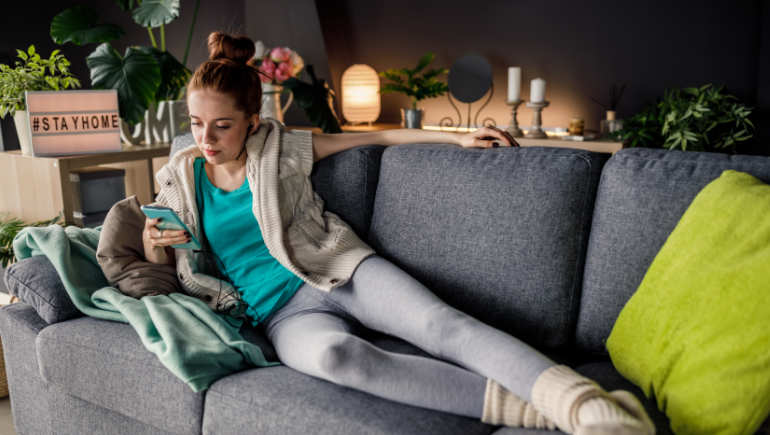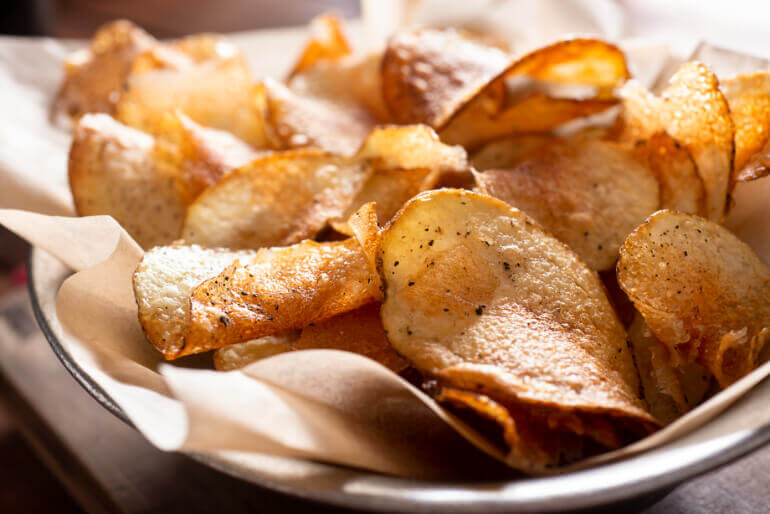Prioritization: Necessary vs. Nice
March 18th, 2020

On a day when I am packing up my office to work from home as a measure to combat the spread of Covid-19, I am faced with a dilemma that we frequently see in research – the need to differentiate the must-haves from the nice-to-haves. We have no idea how long our work-from-home mandate will last, so I’m planning for the long haul.
Technically, I could take home all of my personal possessions, but it’s a lot. I do not work light. My work office is more crammed with stuff than my home office is: an array of plants, pictures, mementos, décor and awards. Colored highlighters, pens and markers. None are mission-critical to my job, so they’ll stay behind (with the exception of one plant that I can’t bear to part with).
But then I have to make the decision as to which work-related items I must bring with me and which ones will enhance my work-from-home experience but aren’t absolutely required. Do I need my pencil sharpener? Note pads? Date book? Spare mouse? Speakers? What about my folders? All of them? Which ones?
I only have so much room in my vehicle, and only so many trips to the parking lot that I’m willing to make. So I need to determine the nature of each of these items and then decide: if it’s critical it goes in the “take” pile. If it’s nice to have, then I need to weigh it (literally) against the other nice-to-have items and take some and leave the rest.
In feature prioritization research, we ask participants to tell us what features they would like to see in a product, whether that’s a consumer good, a service, an app, or another type of product. The problem with just asking it that way is that the sky’s the limit – there’s no space issue, no concern for how many trips they have to make to the parking lot. So we place limiters on the exercise, such as having each item add cost, or telling them they can only have 5 features. This helps separate the critical features from the rest of the pack. But it still doesn’t tell us which are the nice-to-haves; items that could provide differentiation from what else is on the market, but aren’t considered table stakes.
That’s where a build-your-own choice task can be beneficial. Using that method we ask participants to tell us the critical features in step 1, then the add-ons in step 2. In that way we can determine not only which features are selected most frequently as must-haves, nice-to-haves and non-essential, but we can also learn which features tend to be selected together. And we can use the build-your-own method in conjunction with some of our other tools, like Bracket™, to paint an even more comprehensive picture.
And with that thought in mind, I will stop typing and get to prioritizing!




